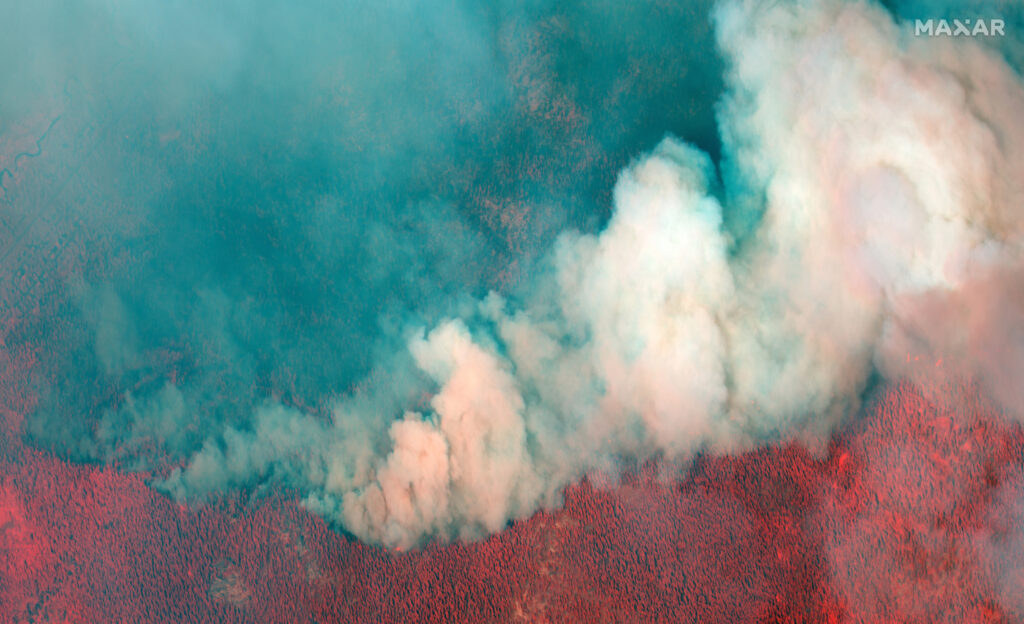NGA provides firefighting agencies updated maps in 15 minute intervals on areas where fires are rapidly spreading.
WASHINGTON — The Pentagon announced it plans to extend a pilot program that provides imagery from satellites, drones, ground sensors and cameras to help track and combat wildfires.
The National Geospatial Intelligence Agency (NGA) started the program in 2019, developing a tool that maps the location and shape of fires. Under this project, NGA provides firefighting agencies updated maps in 15 minute intervals on areas where fires are rapidly spreading.
A spokesman for NGA said the agency could not comment on what satellites provide the imagery or on any of the sources of the data used for this project, dubbed “Firefly.”
The State of California and the California National Guard first used the Firefly tool in 2019. The U.S. Forest Service in 2020 asked DoD to make this service available nationwide. “Recognizing the continuing value of the pilot program, DoD recently approved an extension of Firefly support, through September 2022,” Pentagon spokesman John Kirby said Sept. 3.
“This extension will provide time for the National Interagency Fire Center in consultation with the Department of Defense to develop a viable long-term solution for future funding and operation of Firefly,” he said.
Data analytics tools
The U.S. Air Force provides infrared sensor data from missile-warning satellites to help domestic agencies spot and track fires. Satellite data is combined with other data to make fire mapping more accurate and anticipate wildfire locations.
Fireball International, an Australian company founded in February 2020, developed an artificial intelligence platform that analyzes imagery from satellites and ground-based cameras to detect and predict wildfires.
The company uses Amazon’s cloud to analyze 2.5 million images and over 30 gigabytes of satellite data a day, according to a news release, and can alert authorities of potential wildfires within three minutes of smoke detection.
Fireball International began as an academic project at the University of California Berkeley to test how technology could be applied to improve the prediction and early detection of wildfires.
